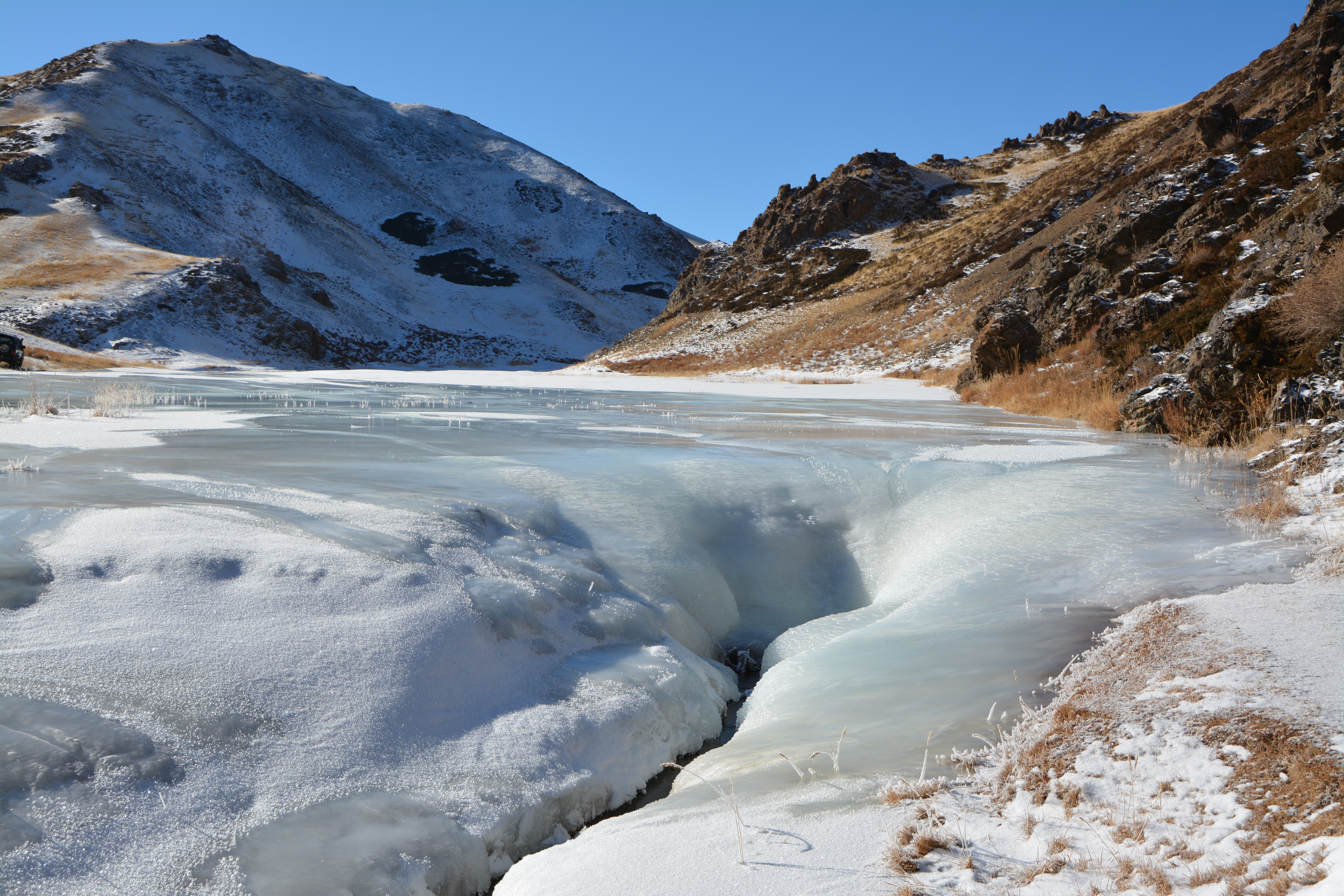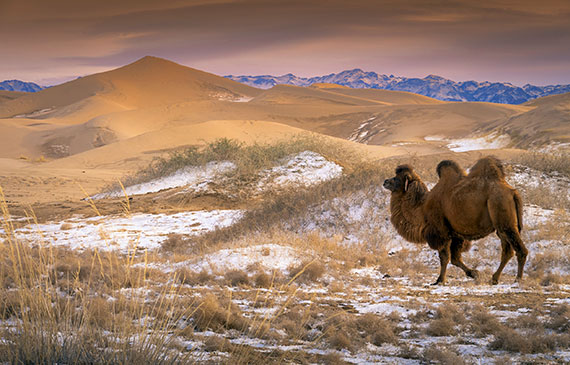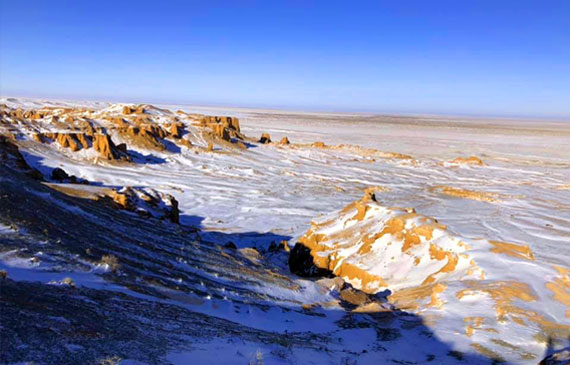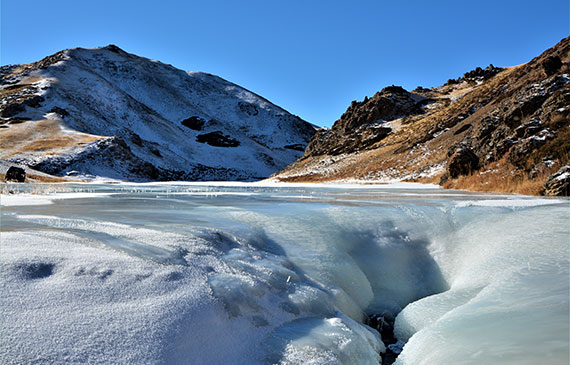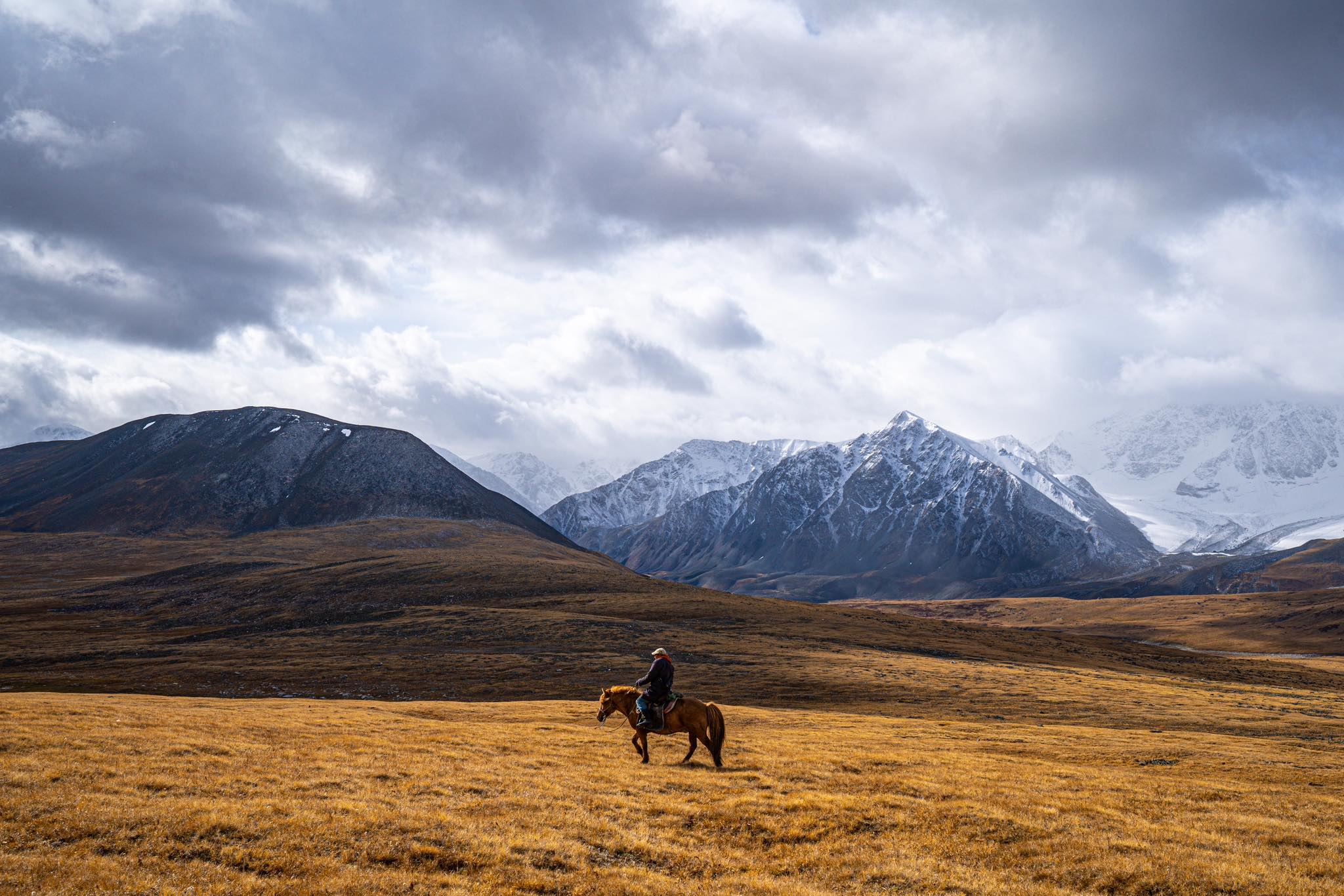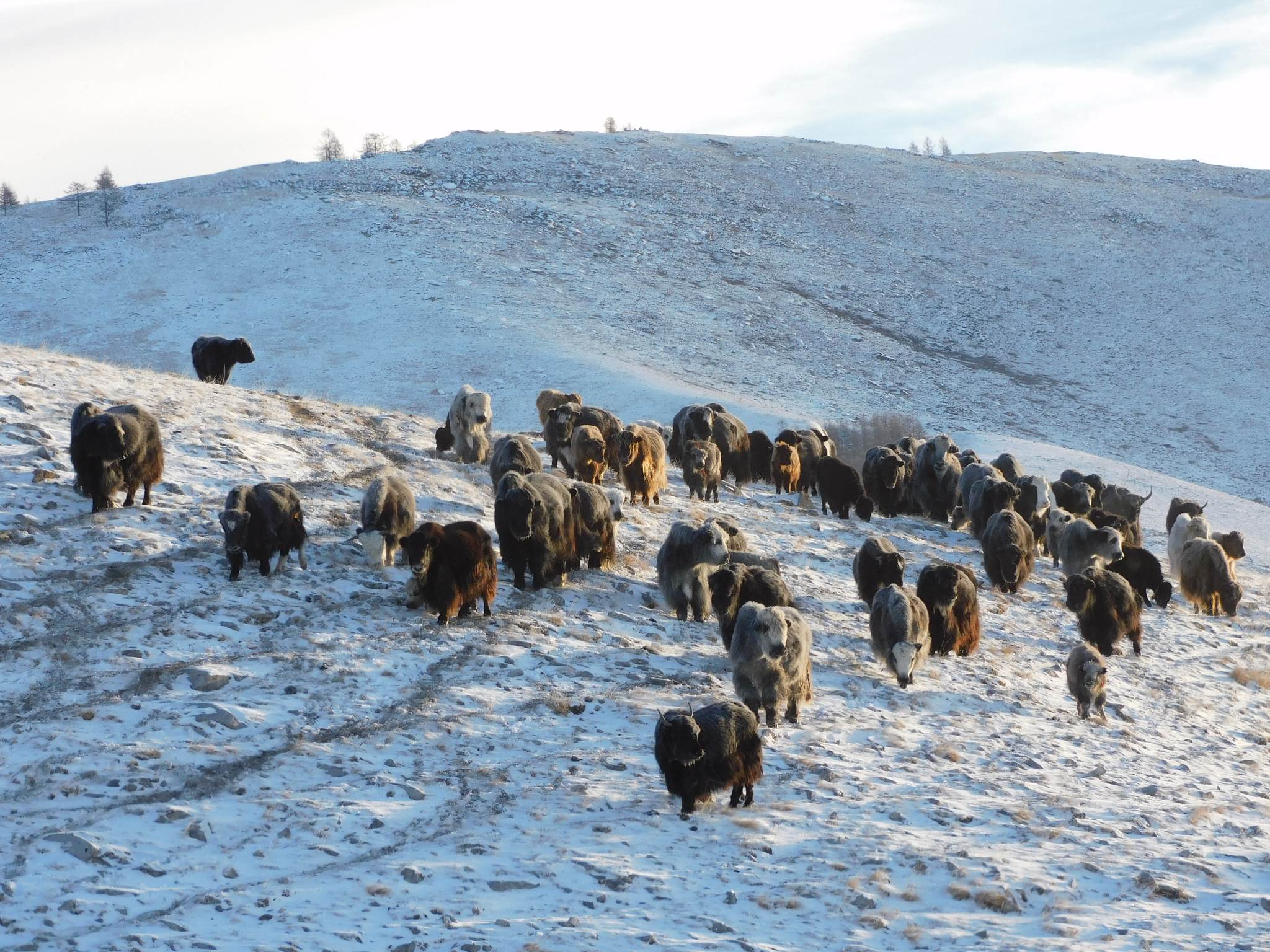Blog
Winter Top Destinations of Mongolia
Mongolian Top Winter Destinations
Winter in Mongolia is cold, but incredibly beautiful when you travel. The Mongolian winter is not just a good time to escape other tourists and attend to number of interesting events that attract attention of the tourists are held here in winter. All the events cover a complex topic and aim to show unique cultural features of Mongolian people.
Here we list the top winter destibations in Mongolia
Yol Valley
During winter in Mongolia, escape to mountain steppe and alpine meadow- a fascinating natural phenomenon formed by meltwater streams and wind blowing. What results in, is stunning deep canyon, narrow gorge. Above, Lammergeiers and eagles are a frequent sight in the sky. National Park is home to rare wildlife species including secretive snow-leopard that is globally endangered species threatened by habitat loss and poaching. Other rare, and specially protected, large mammals in the park include wild-sheep, lynx and wild cat.
Khongor Els- sand dunes
To take a Gobi tour is marvel at this nature creation with golden pale of sand dunes covered by snow. These dunes are sculpted by wind that travels in a consistent east-west direction and increased in height up to 300m. The pale dunes are one of the largest moving bodies of sand in the world which lie 180kn/110miles long. Climbing up these dunes on a snow, the sound is surprisingly as crispy.
Bayanzag- Flaming cliffs
Red sandstone cliffs were named as “The flaming cliffs” by American paleontologist Roy Chapman Andrew, who first discovered the first nests of Dinosaur eggs and new species of dinosaurs in 1922. The barren cliffs glow strikingly as a flame during sunset. Not so far from the flaming cliffs, there is forest of saxual trees which have deep, extensive root systems to reach any available moisture in the soil.
Hustai National Park
This magnificent area is official declared a specially protected area in 1992, and its became a home to Takhi- wild horses. Takhi horses were actually extinct in the wild in the mid of 1960’s. After some successful conservation program reintroduced by a group from Netherlands in the frame of international project, the first 15 wild horses were selected for reintroduction into Mongolia in 1992. As the aims of the breeding program, Hustai National Park has re-established wild Przewalski’s horses in the natural environment. This reintroduction program has proved successful and population has increased over 300 wild horses.
Ruin of Kharakhorum city and Erdenezuu Monastery
Kharakhorum was the most important city in the history of world trade holding during the 13th century and, former residents of those who once ruled Mongolia established capital city in 1220. About 40 years, this was the center of one of the most powerful empires in the world. The city had a surrounding wall with four stone turtles which used to symbolize longevity and solidarity of the city have been left as a little to see. However, a few mysterious sites remain which along with Erdenezuu monastery established by Khalkh prince Avtaisainkhan in 1586, the monastery was build among the ruins of Mongolia’s capital city. Each side of the square complex is 420m long and the monastery wall is adorned with a total of 108 stupas. The construction of the monastery took more than 200 years and just four temples had survived following the Stalinist purges.
Orkhon Valley- National park
Orkhon valley includes numerous archaeological remains from imperial Mongol power dating back to the sixth century C.E. In the history of central Asia, Orkhon valley served as the seat of the imperial power of the nomads and pastoral societies. Orkhon river rises from the heavily forested slope of the Hangai mountain range and flows to Selenge river with length of 1125 kilometers. In 2004, Orkhon valley was recognized by the UNESCO World Heritage as cultural landscape due to a home for centuries to major political, trade, cultural religious activities of successive nomadic empire.
Frozen Orkhon fall was formed both result of volcanic eruptions and earthquakes about 20 Mio years ago. Mongolians named “Red flows” due to the water drops during summer over the edge with height over 20 meters.
Khuvsgul lake
Known as “Blue pearl of Asia” or Khuvsgul lake is located in Northern Mongolia. The surrounding terrain is mountainous and peaks which have panoramic views of Khordil Sardig ranges and Bayan mountain ranges, along the west shore of the lake. The water is so pristine and crystal clean. Geographically, Khuvsgul lake lies in the southern Siberian zone, and an area extends from north to south with 136km and stretches from west to east 36.5km at the elevation of 1645m above sea level. It is the oldest lake in Mongolia (23 million years old) from the pressure of the same tectonic forces as a gigantic Lake Baikal which located 195 kilometers to the North as much as it’s the deepest continental body of water, having a 267 metres (876 feet). It is also Asian second largest fresh water lake by volume of 380km3, containing about 93.6 % of Mongolia’s fresh water and 1% of all fresh water in the world. Into Khuvsgul lake flow more than 40 rivers and streams, only one river Egiin Gol exits from it.
Climate is much changeable because of surrounding territory and cold winter climate dominates in the area. Winter air temperatures average -25C. The lake surface freezes in September but completely covered by 1.0-1.5m thick ice in November and thaws in May.
